 David Jackman proceeds through the latest two entries in Die Stadt's current subscription series of his new work with some sense of continuity with recent works as well as the first two installments of the series (Darcknes and Quietude, both as Organum Electronics). However, and perhaps most clearly indicated by the different moniker he is using, the two discs emphasize different facets of Jackman's art, while still representing linked parts of a long-form project.
David Jackman proceeds through the latest two entries in Die Stadt's current subscription series of his new work with some sense of continuity with recent works as well as the first two installments of the series (Darcknes and Quietude, both as Organum Electronics). However, and perhaps most clearly indicated by the different moniker he is using, the two discs emphasize different facets of Jackman's art, while still representing linked parts of a long-form project.
As Organum Electronics, Noughwhere is the more forceful of the pair. Obviously utilizing electronic instrumentation throughout, Jackman begins with an organ-like sustained tone, but soon incorporates more abrasive electronic sounds. Throughout the 56-minute-long piece, the tones are often overshadowed by his use of the resonating electronic noise, which makes this the more challenging of the two albums. He does use one clearly non-electronic element throughout: the massive tolling bell that has been featured in much of his recent work. Even that, however, receives some level of sonic manipulation, with him intensifying the sound into something even heavier than its natural qualities.


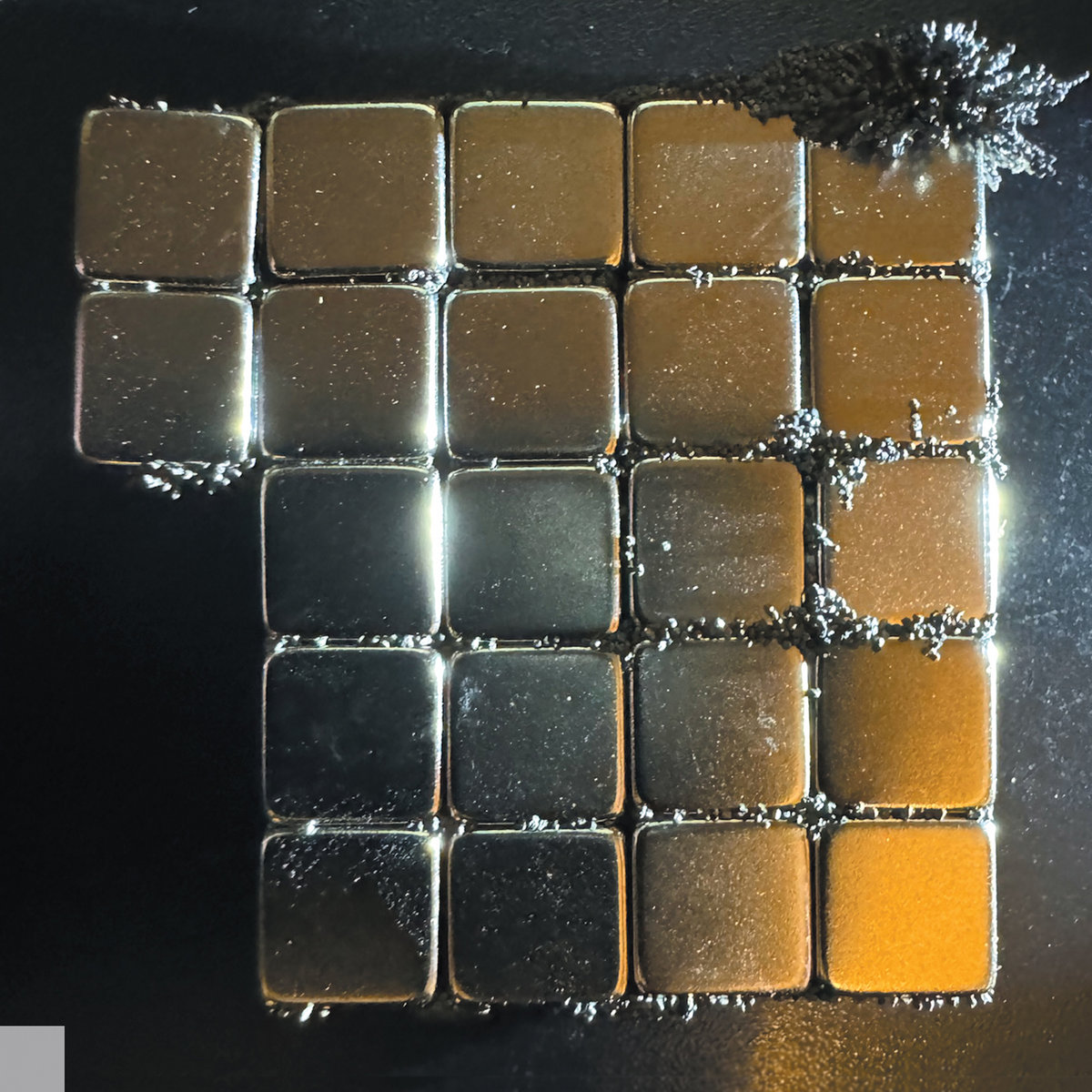 Alex Keller's newest album's title, as well as many of the individual song names, are direct references to the CIA's notorious mind control MKUltra project, with thematic linkage due to Keller's use of electromagnetic sounds and interference, which was also part of those experiments. While this would almost be indicative of a harsh noise endurance test, Sleep room is quite the opposite. It may be a bit raw at times, but Keller's singular approach has a massively impressive depth and complexity to it, both stimulating curiosity as to what the sounds actually are and aesthetically engaging at the same time.
Alex Keller's newest album's title, as well as many of the individual song names, are direct references to the CIA's notorious mind control MKUltra project, with thematic linkage due to Keller's use of electromagnetic sounds and interference, which was also part of those experiments. While this would almost be indicative of a harsh noise endurance test, Sleep room is quite the opposite. It may be a bit raw at times, but Keller's singular approach has a massively impressive depth and complexity to it, both stimulating curiosity as to what the sounds actually are and aesthetically engaging at the same time.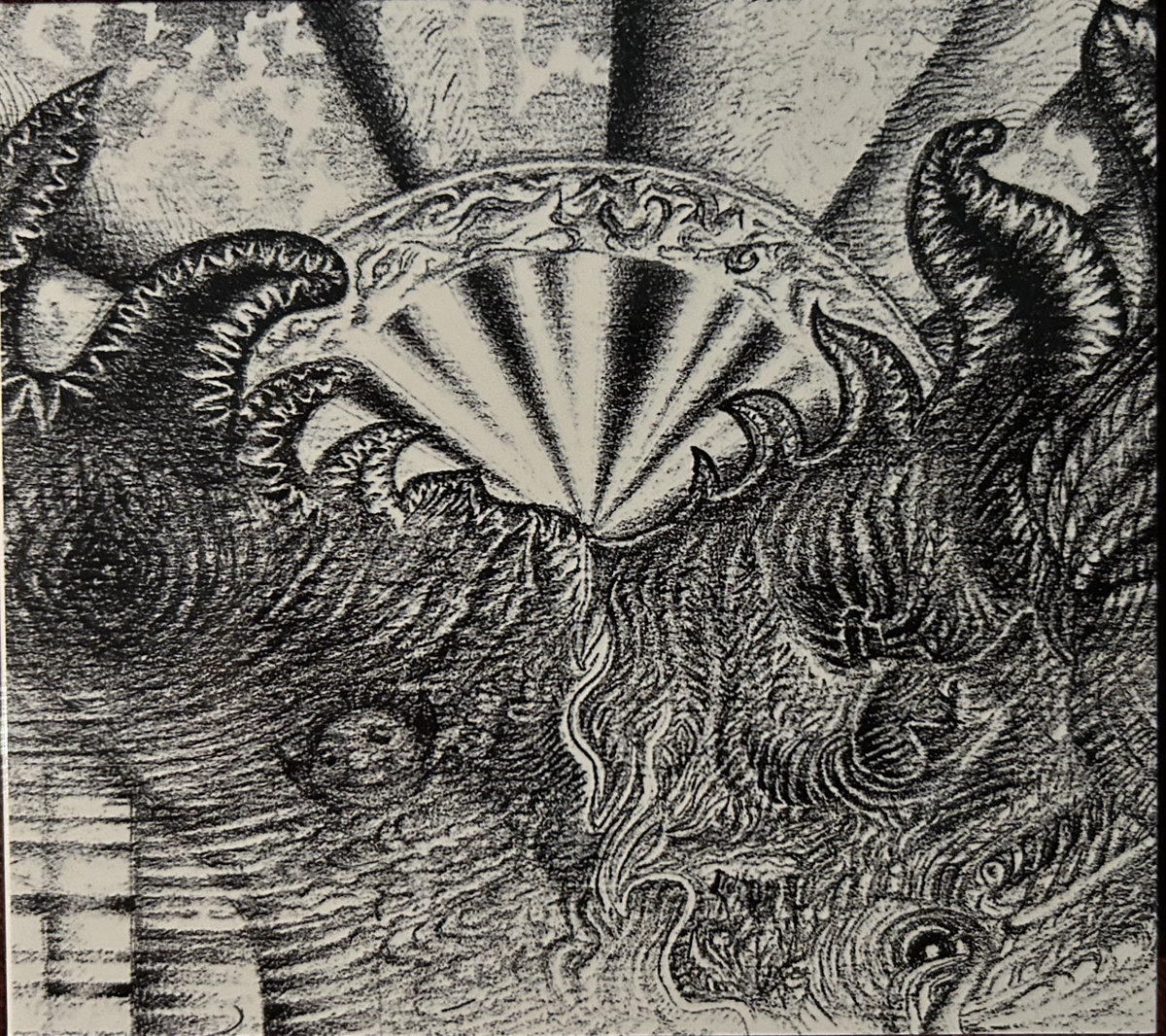 First issued in 2013 as a limited-to-50 CDr, the, um, second album by the duo of Christoph Heemann and Will Long (Celer) was initially released in conjunction with a tour and has been only digitally available since. For its tenth anniversary, Black Rose Recordings have reissued this second (of three) recordings from the project on a wider available physical edition, ensuring that its lush, yet sparse collection of electronics are available once again for those longing for a tangible copy.
First issued in 2013 as a limited-to-50 CDr, the, um, second album by the duo of Christoph Heemann and Will Long (Celer) was initially released in conjunction with a tour and has been only digitally available since. For its tenth anniversary, Black Rose Recordings have reissued this second (of three) recordings from the project on a wider available physical edition, ensuring that its lush, yet sparse collection of electronics are available once again for those longing for a tangible copy.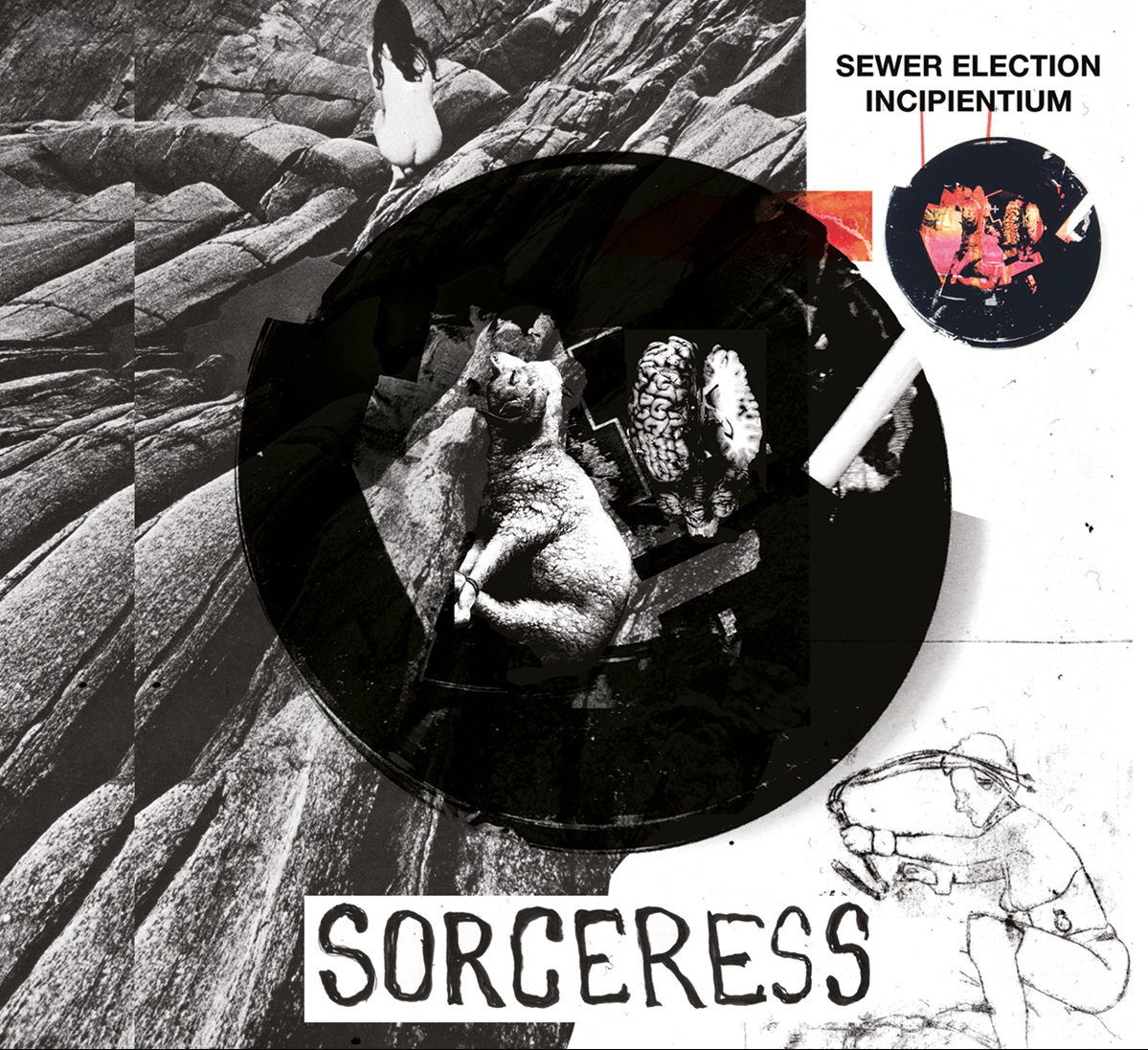 A pairing of two Swedish artists, the veteran Dan Johansson (Sewer Election) and the relative newcomer Gustav Danielsbacka (Incipientium), Sorceress makes for an unsettling collaboration at various points throughout its four compositions. With their heavy use of manipulated tapes, they add an uncomfortably organic sense to the sputtering electronics and junk noise that sound anything but human throughout. It may be unsettling, but it is also delightfully enchanting throughout.
A pairing of two Swedish artists, the veteran Dan Johansson (Sewer Election) and the relative newcomer Gustav Danielsbacka (Incipientium), Sorceress makes for an unsettling collaboration at various points throughout its four compositions. With their heavy use of manipulated tapes, they add an uncomfortably organic sense to the sputtering electronics and junk noise that sound anything but human throughout. It may be unsettling, but it is also delightfully enchanting throughout. odd collaboration in multiple ways. Andrew Quitter (Suburbia Melting, Regosphere) and Jonathan Canady (Deathpile, Dead World) is not the noise excursion I would have expected based on the artists involved. Instead, it is more of a deconstructed sludgy rock/metal album, with production as influenced by noise as it is cinematic sound design.
odd collaboration in multiple ways. Andrew Quitter (Suburbia Melting, Regosphere) and Jonathan Canady (Deathpile, Dead World) is not the noise excursion I would have expected based on the artists involved. Instead, it is more of a deconstructed sludgy rock/metal album, with production as influenced by noise as it is cinematic sound design. Across the 16 songs that make up this album, the title makes perfect sense: a myriad of abstract, expansive pieces, full-fledged songs, and odd little miniatures. All of them are linked together with Robert Poss's infinite love for the electric guitar, however, and as a whole, it encapsulates much of the sound he has cultivated throughout his entire career.
Across the 16 songs that make up this album, the title makes perfect sense: a myriad of abstract, expansive pieces, full-fledged songs, and odd little miniatures. All of them are linked together with Robert Poss's infinite love for the electric guitar, however, and as a whole, it encapsulates much of the sound he has cultivated throughout his entire career.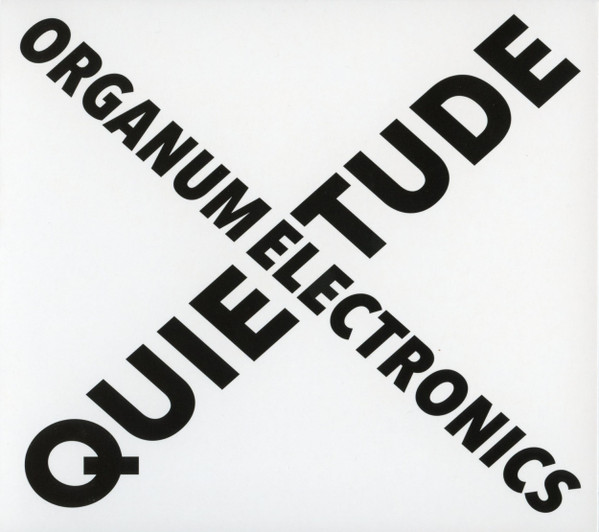 As the first two installments of a seven-part subscription series on Die Stadt, David Jackman (as Organum Electronics) has fashioned two new long-form pieces that are seemingly sparse in their formation, but like the entirety of his lengthy discography, result in something with so much more depth. Material utilized in other recent works from him are building blocks in these two discs, but compared to the quiet and understated recent material, these align much more closely with his earlier, noisier material, and continues to demonstrate his compositions are as fascinating as ever.
As the first two installments of a seven-part subscription series on Die Stadt, David Jackman (as Organum Electronics) has fashioned two new long-form pieces that are seemingly sparse in their formation, but like the entirety of his lengthy discography, result in something with so much more depth. Material utilized in other recent works from him are building blocks in these two discs, but compared to the quiet and understated recent material, these align much more closely with his earlier, noisier material, and continues to demonstrate his compositions are as fascinating as ever.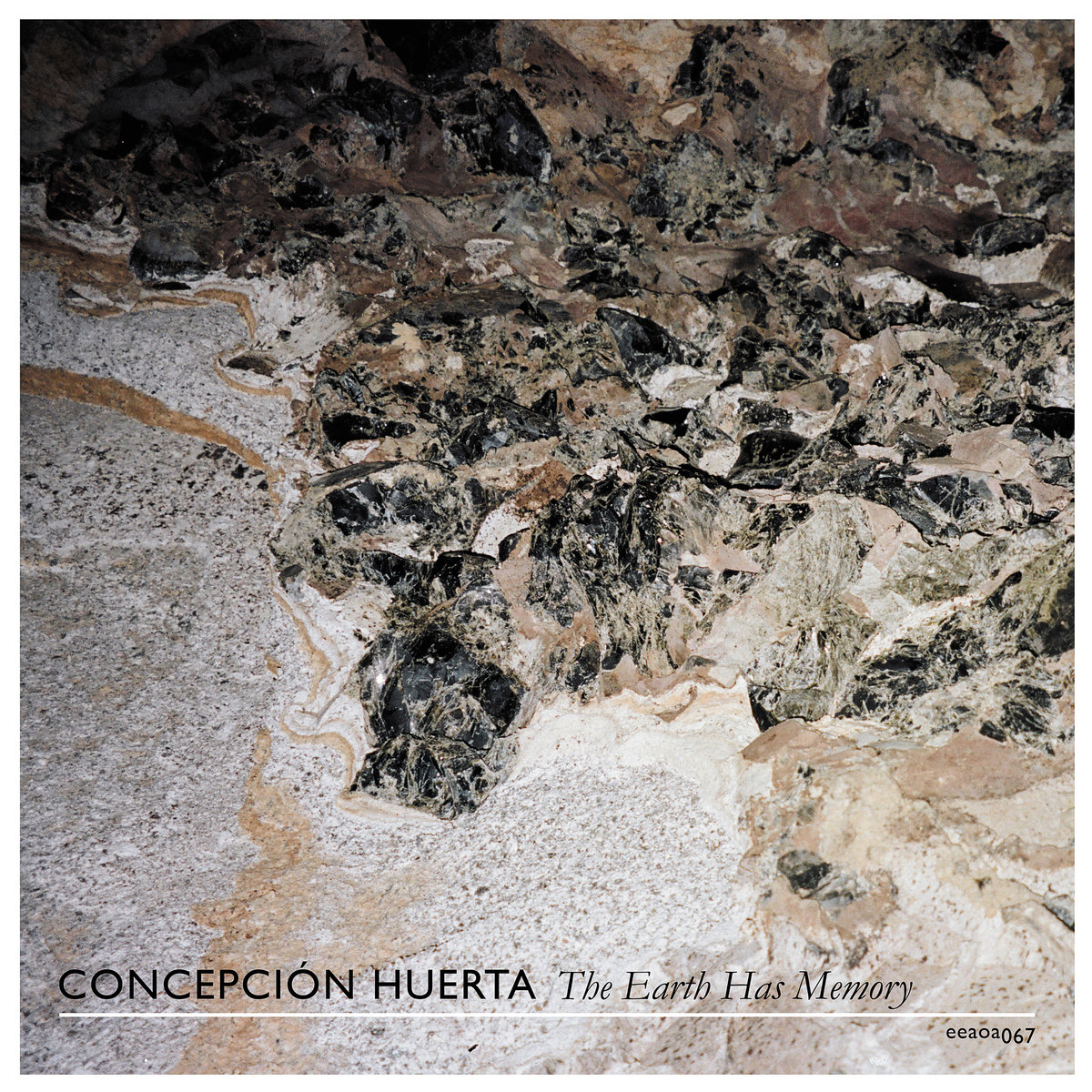 On her first solo vinyl release, Mexico's Concepción Huerta largely employs the use of Buchla and Nord synths, recorded in residence at EMS Stockholm. Further tape manipulation is then used to create a record that sits somewhere between atmospheric space and intense noise. Textures and distortion sprawl outward, but occasionally relent to allow some gentle elements to slip in, resulting in a record that sounds rooted not just in the Earth, but also expands far into outer space.
On her first solo vinyl release, Mexico's Concepción Huerta largely employs the use of Buchla and Nord synths, recorded in residence at EMS Stockholm. Further tape manipulation is then used to create a record that sits somewhere between atmospheric space and intense noise. Textures and distortion sprawl outward, but occasionally relent to allow some gentle elements to slip in, resulting in a record that sounds rooted not just in the Earth, but also expands far into outer space. Barely six months after his last double album Embrace This Twilight, Matt Weston has just released another record of idiosyncratic compositions. Consisting of two side-long pieces, Weston balances two notable different approaches to composition, with the first side being the more spacious and sustained, and the other dense and sprawling in approach, linking disparate sounds in an incredible manner.
Barely six months after his last double album Embrace This Twilight, Matt Weston has just released another record of idiosyncratic compositions. Consisting of two side-long pieces, Weston balances two notable different approaches to composition, with the first side being the more spacious and sustained, and the other dense and sprawling in approach, linking disparate sounds in an incredible manner. Having dabbled in other styles and methods of instrumentation in recent years, Afterlife finds Polish composer Robert Piotrowicz returning to modular synthesis, the mainstay of his career thus far. Rather than using that complex array of modules and patch cables to generate bizarre, idiosyncratic sound effects, as many do, he instead intentionally utilizes it to emulate traditional, physical instrumentation, with the pipe organ being the most utilized. Combined with harmonic structures that the physical instrument would be unable to replicate, the result is familiar, yet alien, and is a wonderful demonstration of the psychoacoustic properties of electronic sound.
Having dabbled in other styles and methods of instrumentation in recent years, Afterlife finds Polish composer Robert Piotrowicz returning to modular synthesis, the mainstay of his career thus far. Rather than using that complex array of modules and patch cables to generate bizarre, idiosyncratic sound effects, as many do, he instead intentionally utilizes it to emulate traditional, physical instrumentation, with the pipe organ being the most utilized. Combined with harmonic structures that the physical instrument would be unable to replicate, the result is familiar, yet alien, and is a wonderful demonstration of the psychoacoustic properties of electronic sound. An artist who always has something in progress or forthcoming, Mark Solotroff's has been most prolific under his own name as of late. Different from the frenetic, yet organized chaos of BLOODYMINDED, the doomy bombast of Anatomy of Habit, or the murky improvisations of The Fortieth Day (and those are only a few examples), his solo material in recent years has been more introspective and meditative, at times drifting into almost ambient territories. Following 2020's You May Be Holding Back and 2021's Not Everybody Make It, Today the Infinite, Tomorrow Zero continues his focus on using analog synths alone with a four track, but creating a depth and variance of sound that belies its rather Spartan origins. Compared to these recent albums though (and the Return to Oneself compilation of digital singles), the depth is even greater and further realized, and the sound has expanded to one that is almost musical, without ignoring any of the intensity expected from Solotroff.
An artist who always has something in progress or forthcoming, Mark Solotroff's has been most prolific under his own name as of late. Different from the frenetic, yet organized chaos of BLOODYMINDED, the doomy bombast of Anatomy of Habit, or the murky improvisations of The Fortieth Day (and those are only a few examples), his solo material in recent years has been more introspective and meditative, at times drifting into almost ambient territories. Following 2020's You May Be Holding Back and 2021's Not Everybody Make It, Today the Infinite, Tomorrow Zero continues his focus on using analog synths alone with a four track, but creating a depth and variance of sound that belies its rather Spartan origins. Compared to these recent albums though (and the Return to Oneself compilation of digital singles), the depth is even greater and further realized, and the sound has expanded to one that is almost musical, without ignoring any of the intensity expected from Solotroff. Out of print soon after its initial release in 1995 and on vinyl for the first time, the second collaboration between Justin Broadrick (Godflesh) and Kevin Martin (The Bug) has always been considered a high point in their lengthy collaborative discography. A sprawling two-and-a-half-hour masterwork of heavy beats and rich ambience, it is just as captivating today as it was nearly 30 years ago. Reissued and repackaged with care from all involved, it is a masterpiece that is deserving of the attention it is receiving.
Out of print soon after its initial release in 1995 and on vinyl for the first time, the second collaboration between Justin Broadrick (Godflesh) and Kevin Martin (The Bug) has always been considered a high point in their lengthy collaborative discography. A sprawling two-and-a-half-hour masterwork of heavy beats and rich ambience, it is just as captivating today as it was nearly 30 years ago. Reissued and repackaged with care from all involved, it is a masterpiece that is deserving of the attention it is receiving. As evident from many of my reviews at the time, I was (and remain) a big fan of the noise to EBM pipeline of genre overlap that was popular a few years back. Representing my two most momentous musical preferences during high school, hearing the two alongside each other was a perfect paring. Choke Chain, the solo project of Milwaukee's Mark Trueman is keeping this tradition alive, with a new album that leans more towards the rhythmic, rather than harsh end of this spectrum. Synth heavy, yet with aggressive vocals and production, it makes for an appropriate, fully realized album.
As evident from many of my reviews at the time, I was (and remain) a big fan of the noise to EBM pipeline of genre overlap that was popular a few years back. Representing my two most momentous musical preferences during high school, hearing the two alongside each other was a perfect paring. Choke Chain, the solo project of Milwaukee's Mark Trueman is keeping this tradition alive, with a new album that leans more towards the rhythmic, rather than harsh end of this spectrum. Synth heavy, yet with aggressive vocals and production, it makes for an appropriate, fully realized album.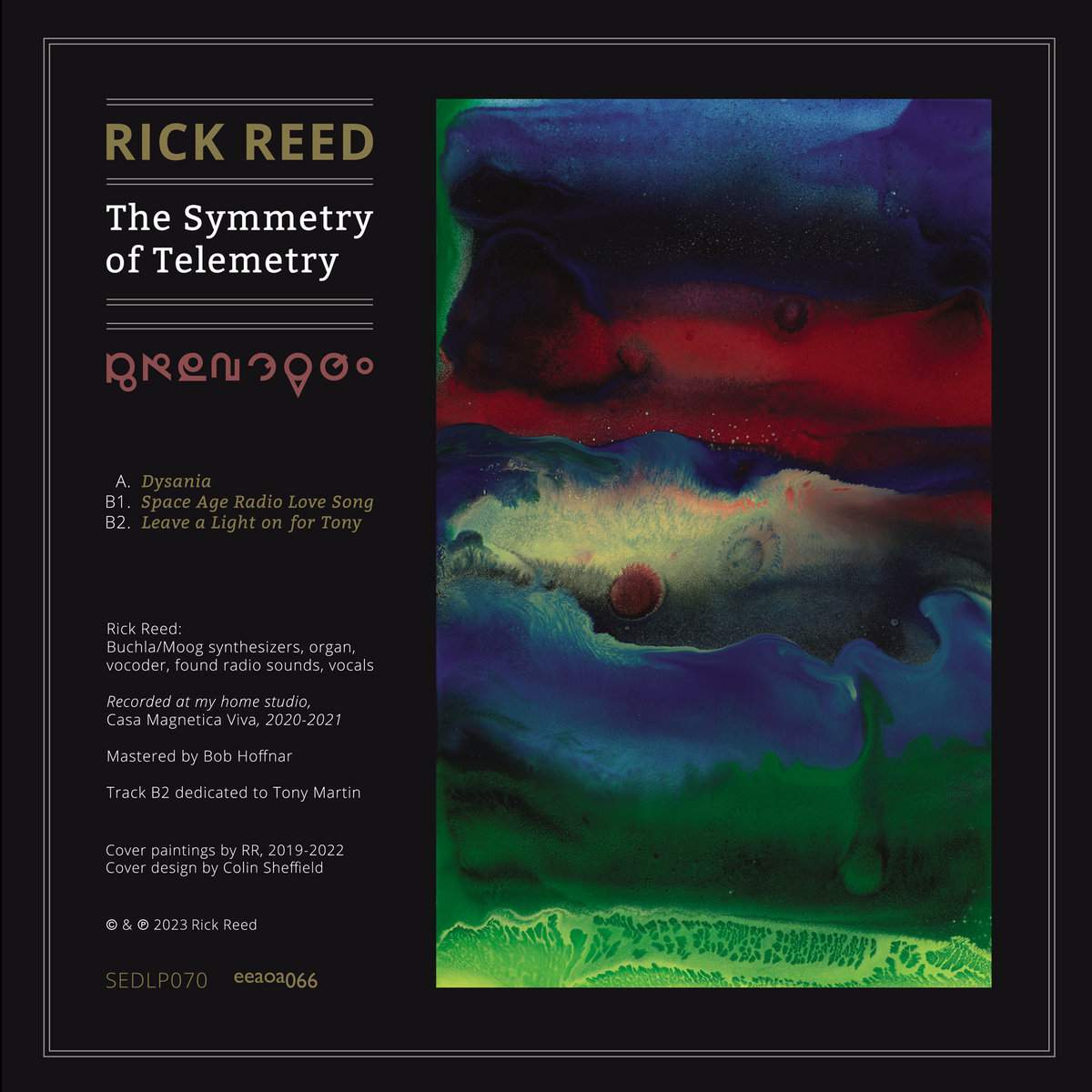 Austin's Rick Reed has been an active composer and performer of electronic music for over 30 years, but The Symmetry of Telemetry represents his first release since 2018. Using synthesizers, organs, vocoders, and found radio noises, Reed's compositional approach of developing smaller, disparate segments that are then later strung together in a collage is perfect for this material, juxtaposing different sounds and moods across the album's three lengthy compositions in a way that is dynamic, yet still coherent and cohesive as a whole.
Austin's Rick Reed has been an active composer and performer of electronic music for over 30 years, but The Symmetry of Telemetry represents his first release since 2018. Using synthesizers, organs, vocoders, and found radio noises, Reed's compositional approach of developing smaller, disparate segments that are then later strung together in a collage is perfect for this material, juxtaposing different sounds and moods across the album's three lengthy compositions in a way that is dynamic, yet still coherent and cohesive as a whole.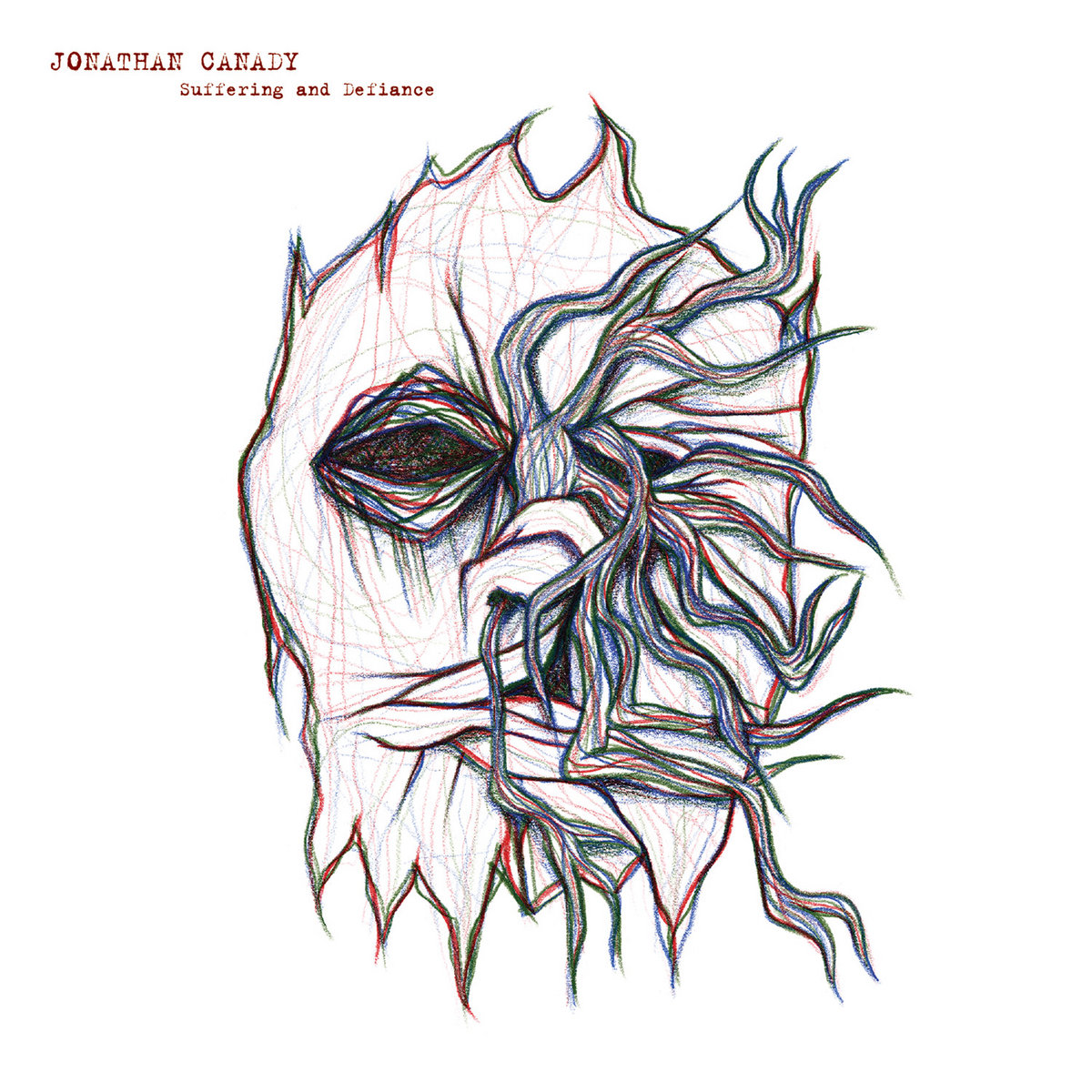 Well known for his time in Dead World, as a member of synth trio Nightmares, and his deactivated power electronics project Deathpile, Jonathan Canady has long been a pillar of the American noise world. Now working under his own name, he has recently entered the world of soundtracks and participated in an extremely limited collaboration with legendary artist John Duncan. Suffering and Defiance is his latest purely solo, purely audio work, and it loses none of the harshness he is known for, yet makes it clear his work is anything but harshness for the sake of harshness.
Well known for his time in Dead World, as a member of synth trio Nightmares, and his deactivated power electronics project Deathpile, Jonathan Canady has long been a pillar of the American noise world. Now working under his own name, he has recently entered the world of soundtracks and participated in an extremely limited collaboration with legendary artist John Duncan. Suffering and Defiance is his latest purely solo, purely audio work, and it loses none of the harshness he is known for, yet makes it clear his work is anything but harshness for the sake of harshness. This is a weird one. Billed as a film soundtrack—although I cannot seem to find any evidence of the film actually existing—this tape from enigmatic UK artist Grey Windowpane is all over the place as far as styles go. Free improvisation electronics, bedroom pop numbers, and random interludes are all scattered about this cassette. The lo-fi sound and production serve as a unifying factor on these 11 songs, giving an slight sense of continuity within the chaos.
This is a weird one. Billed as a film soundtrack—although I cannot seem to find any evidence of the film actually existing—this tape from enigmatic UK artist Grey Windowpane is all over the place as far as styles go. Free improvisation electronics, bedroom pop numbers, and random interludes are all scattered about this cassette. The lo-fi sound and production serve as a unifying factor on these 11 songs, giving an slight sense of continuity within the chaos.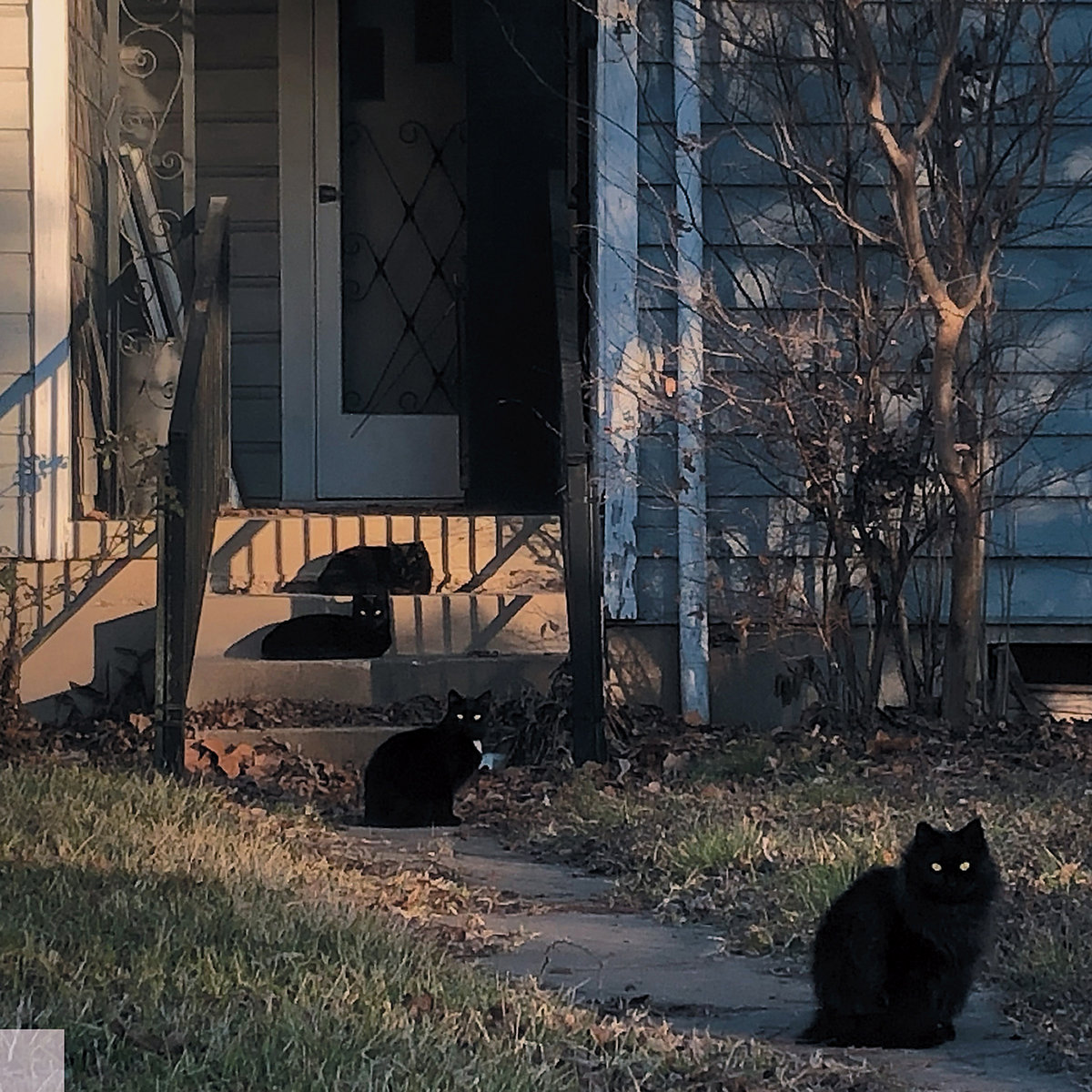 One of the reasons I had to investigate this latest album from the always prolific Masami Akita is that I was surprised it took him this long to make a cat themed album. A staunch animal rights activists and composer of many animal themed albums (Chickens! Bears! Dolphins! A whole bunch of other birds!), it took well over 40 years into his career to produce something in respect of the venerable house feline. How much this applies beyond the title and beautiful photography used as packaging is of course questionable, but musically it is Akita at his most diverse.
One of the reasons I had to investigate this latest album from the always prolific Masami Akita is that I was surprised it took him this long to make a cat themed album. A staunch animal rights activists and composer of many animal themed albums (Chickens! Bears! Dolphins! A whole bunch of other birds!), it took well over 40 years into his career to produce something in respect of the venerable house feline. How much this applies beyond the title and beautiful photography used as packaging is of course questionable, but musically it is Akita at his most diverse. Like 2021's Four Lies in the Eavesdrop Business, composer/multi-instrumentalist Matt Weston's latest work is a lengthy double record. However, this time he specifically utilizes the format to create four side-long and expansive pieces that constantly develop, bringing in a multitude of different sounds and elements. The result is a series of intense, dense compositions that can be hard to keep up with at first, but eventually reveal a deep sense of complexity in their structures.
Like 2021's Four Lies in the Eavesdrop Business, composer/multi-instrumentalist Matt Weston's latest work is a lengthy double record. However, this time he specifically utilizes the format to create four side-long and expansive pieces that constantly develop, bringing in a multitude of different sounds and elements. The result is a series of intense, dense compositions that can be hard to keep up with at first, but eventually reveal a deep sense of complexity in their structures. Releasing two full length albums mere months from each other, Colin Andrew Sheffield has been especially active in 2023. Considering his previous Repair Me Now dates back to 2018, it is a veritable flurry of activity. However, this is not a case where Don't Ever Let Me Know and Images seem like a double album split into two separate works, but both are thematically and structurally different from one another, even if both clearly showcase his approach of mangling samples and recordings into entirely different creations.
Releasing two full length albums mere months from each other, Colin Andrew Sheffield has been especially active in 2023. Considering his previous Repair Me Now dates back to 2018, it is a veritable flurry of activity. However, this is not a case where Don't Ever Let Me Know and Images seem like a double album split into two separate works, but both are thematically and structurally different from one another, even if both clearly showcase his approach of mangling samples and recordings into entirely different creations.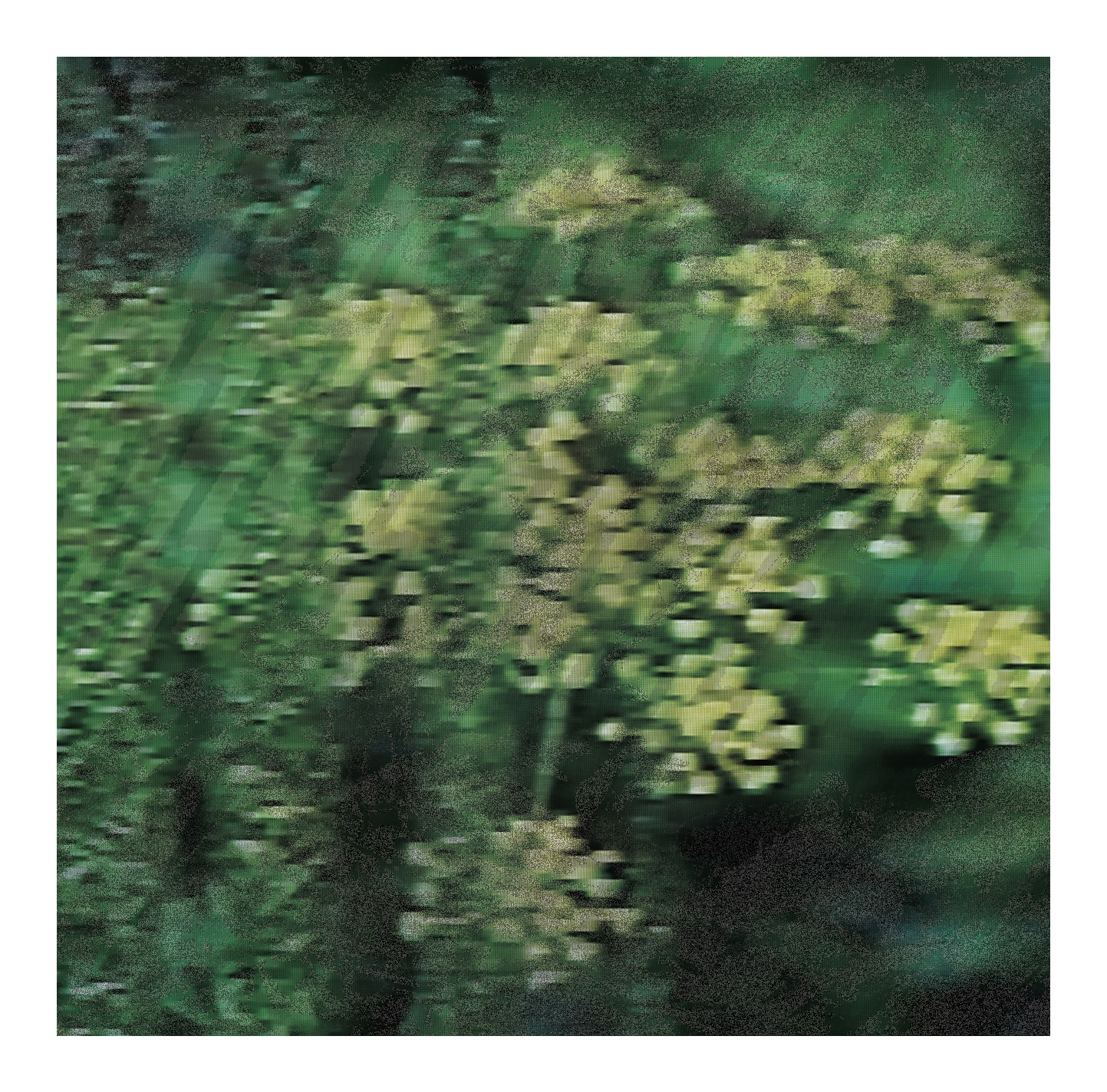 The latest cassette from the enigmatic duo Zizia (astrologer Amber Wolfe and natural scientist Jarrod Fowler) is intentionally ambiguous just from its presentation. No information presented within the tape itself, its neon green case covers a blurry photo of the Zizia flower and an intricately printed abstract image on the cassette shell, without a single bit of text included on either. A quick search online finds a website that offers details, listings of insects, plants, and artists that serve only to confound more than clarify. The self-identified concept of anti-musicology is apparent, however, and results in a complex and diverse suite of two lengthy noise works.
The latest cassette from the enigmatic duo Zizia (astrologer Amber Wolfe and natural scientist Jarrod Fowler) is intentionally ambiguous just from its presentation. No information presented within the tape itself, its neon green case covers a blurry photo of the Zizia flower and an intricately printed abstract image on the cassette shell, without a single bit of text included on either. A quick search online finds a website that offers details, listings of insects, plants, and artists that serve only to confound more than clarify. The self-identified concept of anti-musicology is apparent, however, and results in a complex and diverse suite of two lengthy noise works.
